Description
Familiarity with treatment
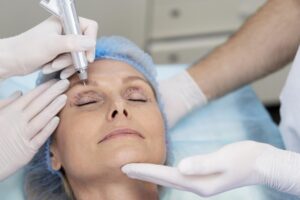 Blepharoplasty is a surgical procedure that involves the removal of excess skin, fat, and muscles from the eyelids, in order to improve their appearance and function. This procedure can be performed on the upper and lower eyelids, and may be done for cosmetic or medical reasons. Signs that a blepharoplasty may be necessary include droopy eyelids, bags under the eyes, excess skin around the eyes, and difficulty opening the eyes fully. Blepharoplasty is typically performed under local anesthesia, and patients can usually return home on the same day as the procedure. Recovery time typically ranges from a few days to a week, during which patients will need to avoid strenuous activities and may need to use ice packs to reduce swelling. It is important to make sure that you choose a skilled and experienced surgeon if you are considering blepharoplasty.
Blepharoplasty is a surgical procedure that involves the removal of excess skin, fat, and muscles from the eyelids, in order to improve their appearance and function. This procedure can be performed on the upper and lower eyelids, and may be done for cosmetic or medical reasons. Signs that a blepharoplasty may be necessary include droopy eyelids, bags under the eyes, excess skin around the eyes, and difficulty opening the eyes fully. Blepharoplasty is typically performed under local anesthesia, and patients can usually return home on the same day as the procedure. Recovery time typically ranges from a few days to a week, during which patients will need to avoid strenuous activities and may need to use ice packs to reduce swelling. It is important to make sure that you choose a skilled and experienced surgeon if you are considering blepharoplasty.Who is it suitable for?
Blepharoplasty is suitable for individuals who have excess skin, muscle or fat in their upper or lower eyelids, which can make the eyes appear tired, droopy or puffy. It is generally recommended for people over the age of 35, as this is when signs of aging around the eyes often become more apparent. Blepharoplasty can help reduce the appearance of wrinkles, fine lines and dark circles under the eyes, as well as improve vision for those whose sagging upper lids obstruct their vision.
Who is it not suitable for?
While blepharoplasty can be a great option for many people, it may not be suitable for everyone. Patients who have certain medical conditions, such as dry eye syndrome, thyroid problems, or high blood pressure, may not be good candidates for the surgery. Additionally, if a patient has an eye infection, an active eye disease, or other serious medical condition, it is important to wait until these conditions are resolved before considering blepharoplasty. It is also essential for patients to have realistic expectations about the results of the surgery and to be in overall good health before undergoing the procedure, as this can help to improve the chances of a successful outcome.
Advantages
The following are some advantages of blepharoplasty:
1. Improved appearance: Blepharoplasty helps to remove wrinkles, eye bags, and puffiness around the eyes, making the eyes look younger and more refreshed.
2. Better vision: In some cases, sagging upper eyelids can obstruct a person’s vision. Blepharoplasty can remove this excess skin, thereby improving their vision.
3. Boosts self-confidence: A refreshed appearance can help boost one’s self-confidence. This can lead to better personal and professional relationships.
4. Long-lasting results: The results of blepharoplasty are long-lasting, with most patients experiencing the effects of the procedure for ten to fifteen years.
5. Minimally invasive: Blepharoplasty is a minimally invasive procedure with a short recovery time, allowing patients to return to normal activities quickly.
Complications
Like any surgical procedure, blepharoplasty can come with certain risks and complications. Some of these complications include infection, bleeding, scarring, problems with vision, dry eyes, difficulty closing the eyes completely, prolonged swelling, and asymmetry in the appearance of the eyes. Patients who have certain medical conditions such as dry eye syndrome, thyroid problems, or high blood pressure may be at a greater risk of experiencing complications. It is important for patients to thoroughly discuss their medical history with their surgeon and follow all pre and post-operative instructions carefully to minimize risks and complications.
Previous care
Before undergoing blepharoplasty, it is important to care for oneself to ensure a smooth and successful procedure.
One of the most important steps is to quit smoking at least two weeks before the surgery and for several weeks afterward to promote proper healing. It is also recommended to avoid alcohol, aspirin, and ibuprofen for two weeks prior to the procedure to reduce the risk of bleeding. It is essential to inform the surgeon of any medications or supplements being taken to determine whether they may affect the outcome of the surgery. It is also crucial to maintain a healthy diet and exercise routine to promote proper recovery.
Lastly, it is recommended to arrange for transportation and help after the surgery, as vision may be blurry and eye movement may be limited for a few days.
Aftercare
After the surgery, it is important to follow specific aftercare instructions to promote healing and reduce the risk of complications. These instructions may include taking prescribed pain medications, avoiding strenuous activities for a few weeks, using ice packs to control swelling, and keeping the head elevated while sleeping. Patients should also avoid smoking and drinking alcohol, as it can impair the healing process. It is essential to attend all follow-up appointments with the surgeon to ensure proper healing and to address any concerns that may arise. Patients should notify their surgeon immediately of any unexpected symptoms, such as increased pain, fever, or excessive bleeding or drainage. With proper aftercare, most patients can expect to return to their normal routine within two to four weeks following their blepharoplasty.
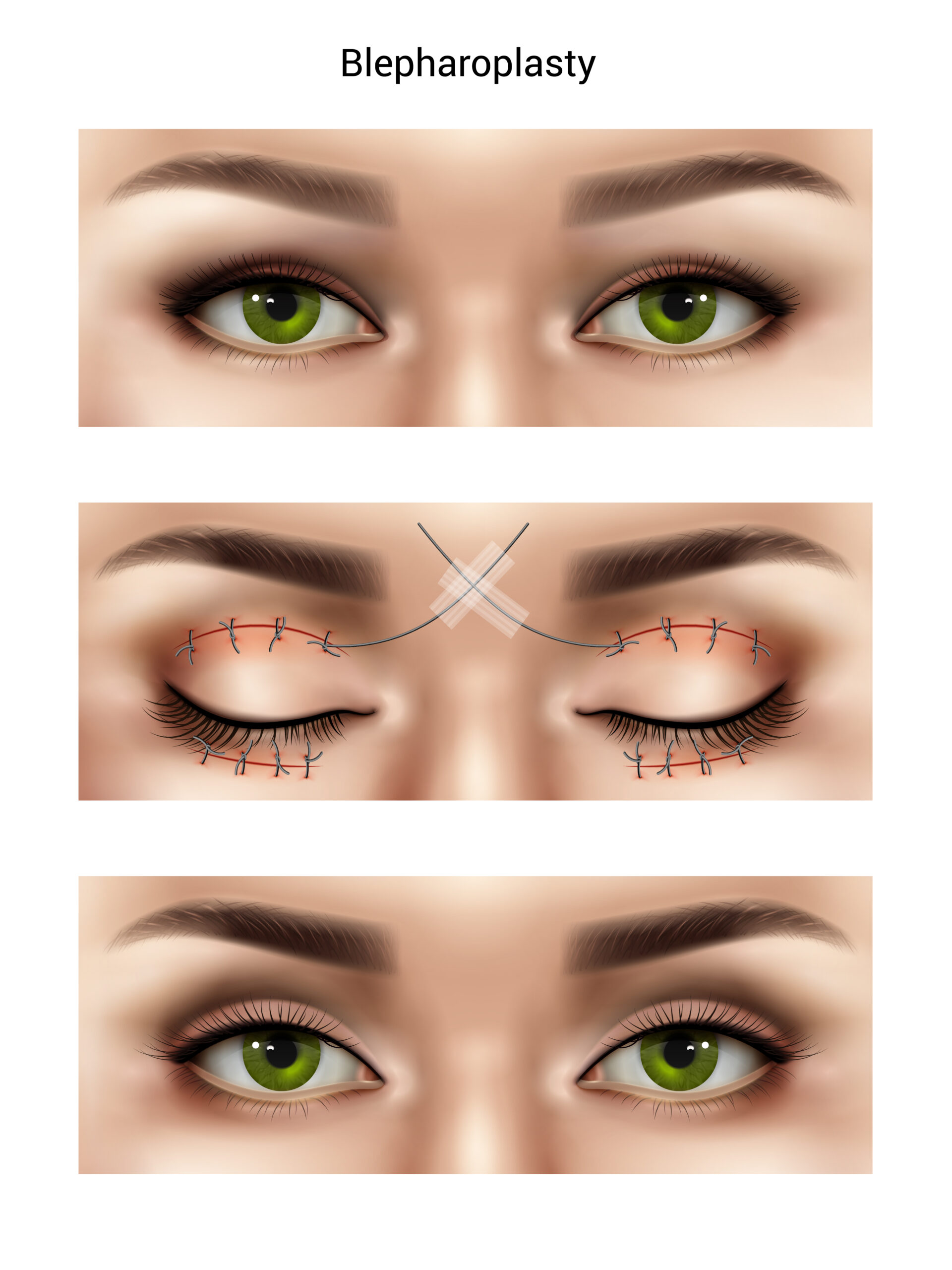
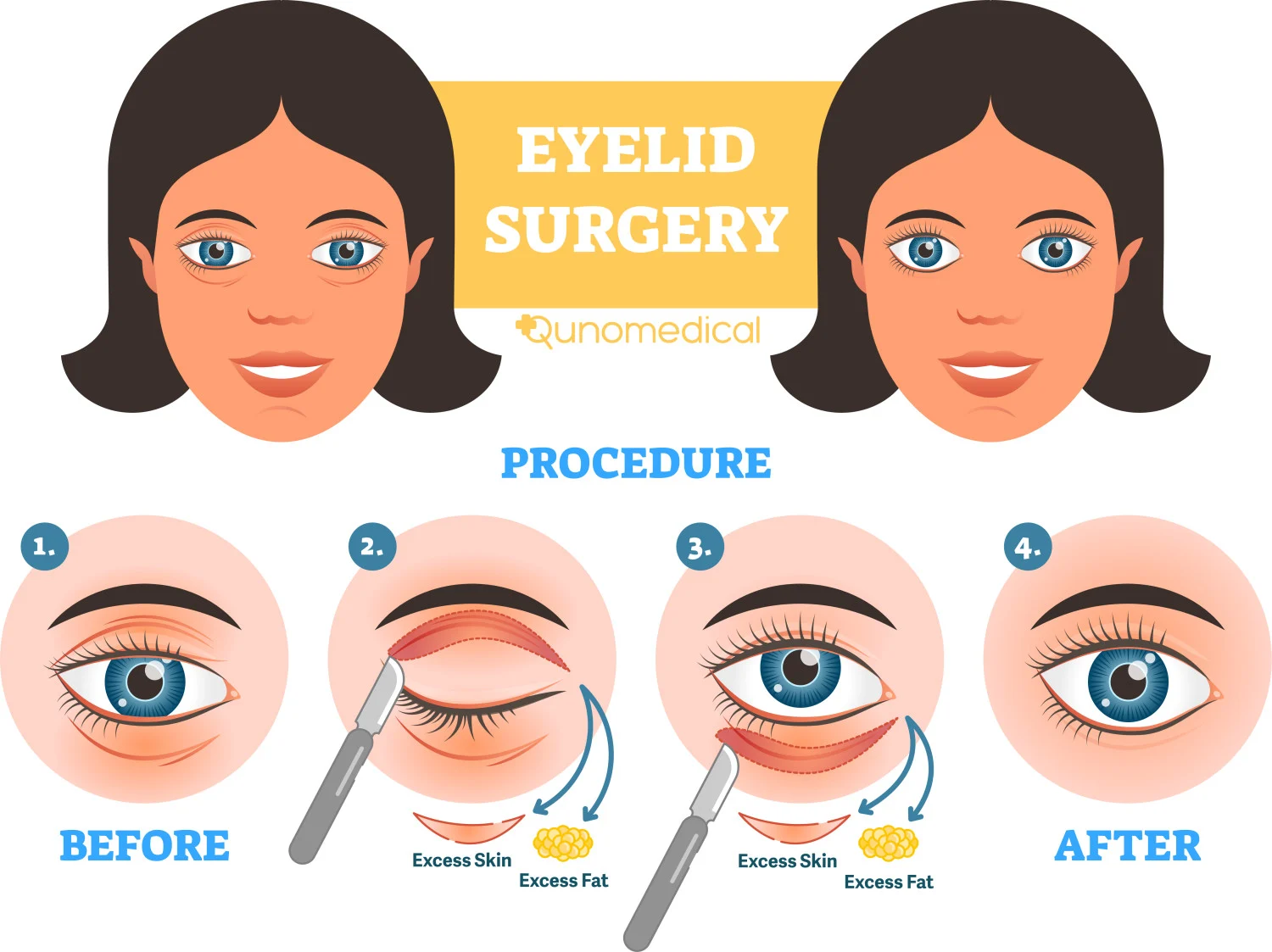
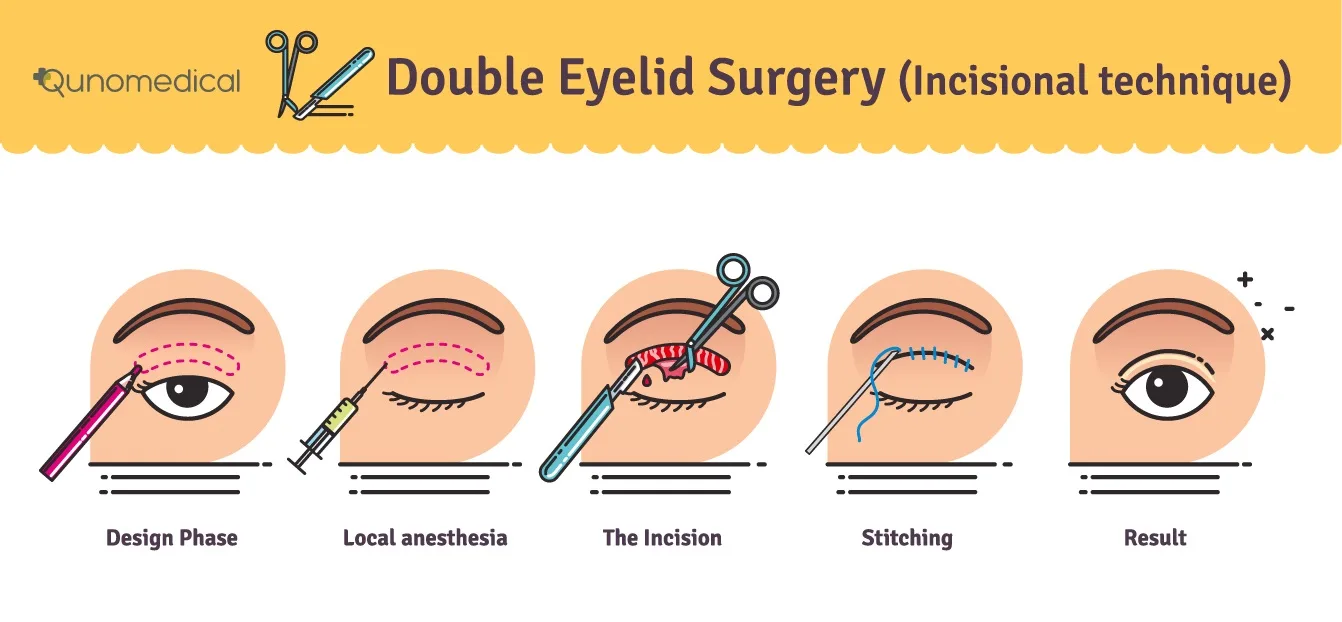
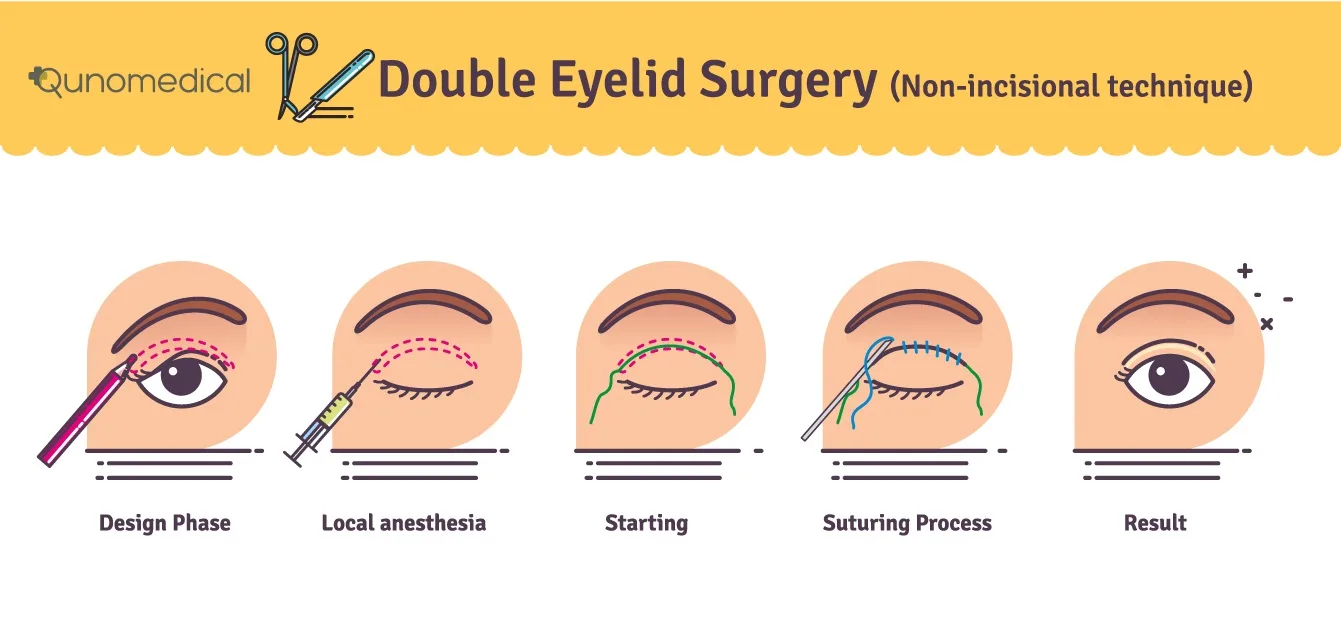
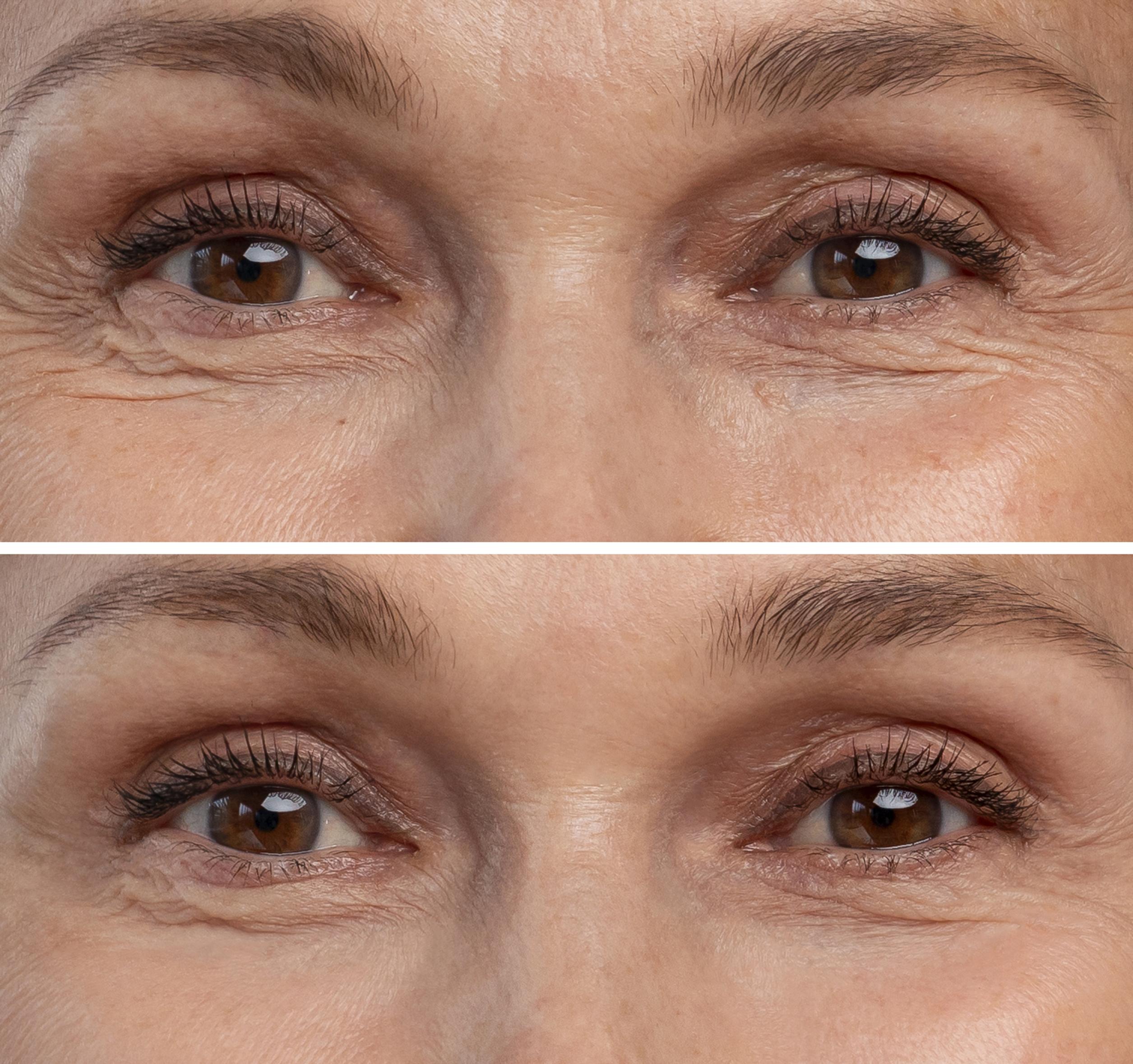
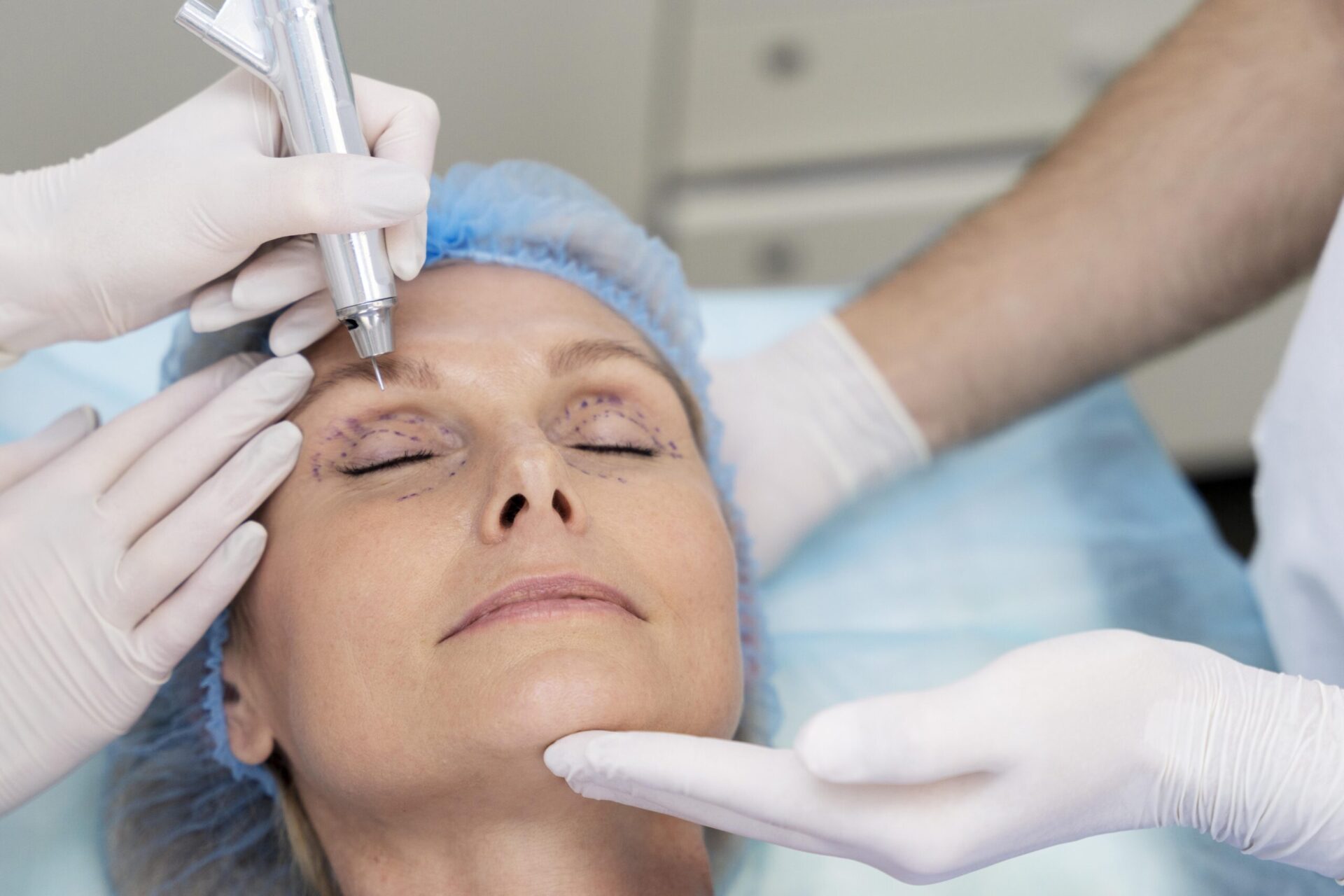
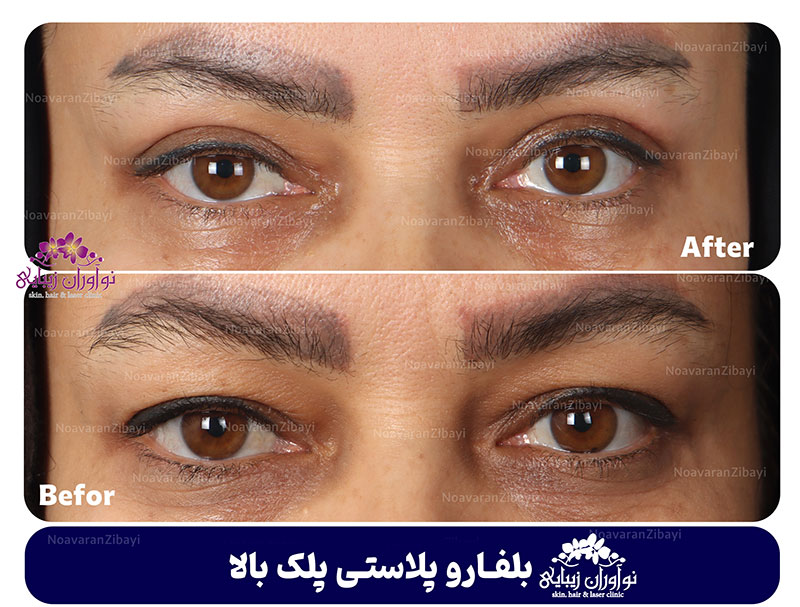
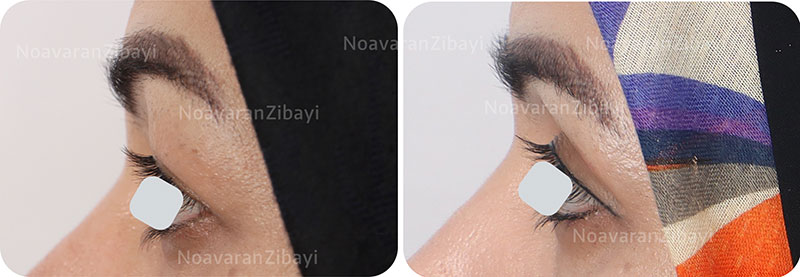
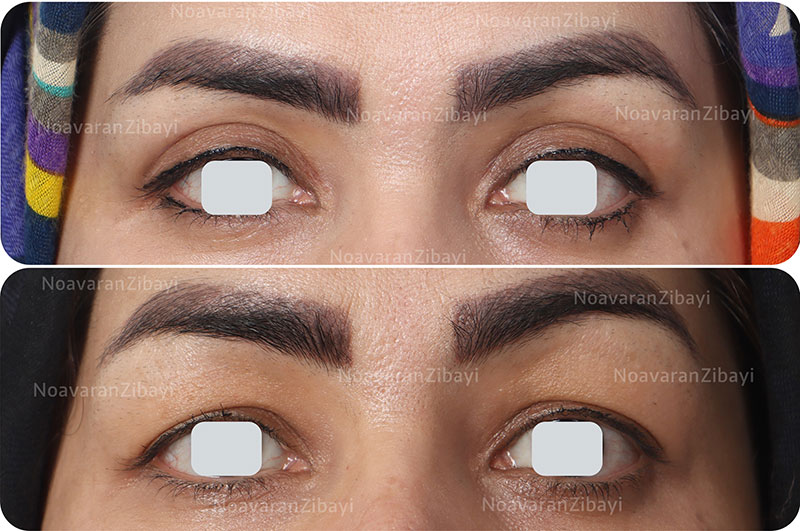
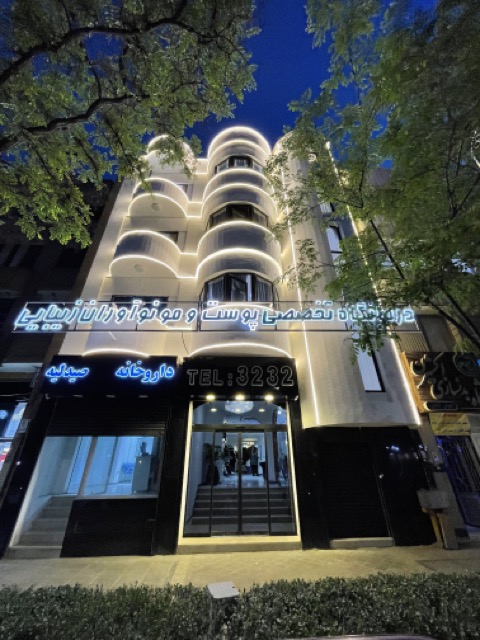

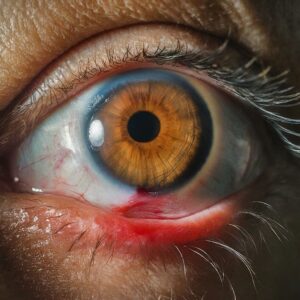


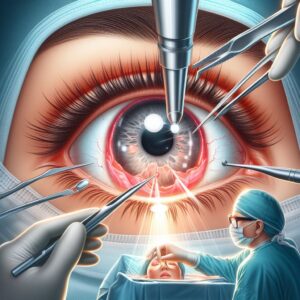
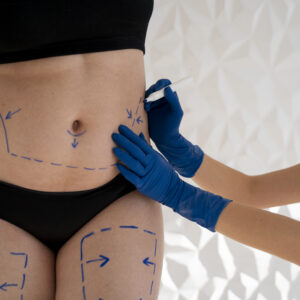
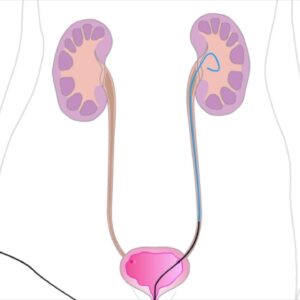
Reviews
There are no reviews yet.